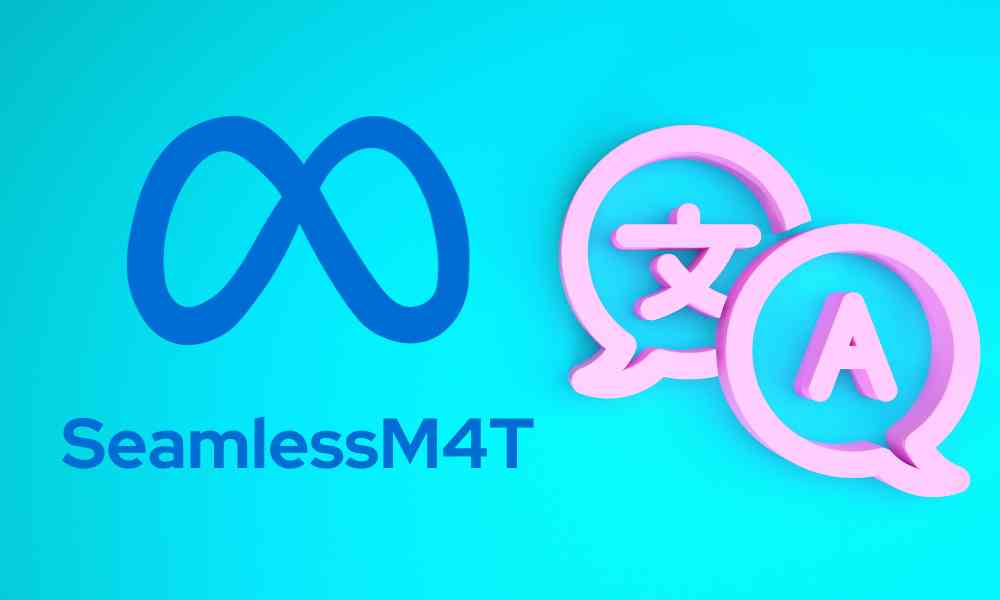Meta Launches “SeamlessM4T” Translator Based on AI
The company led by Mark Zuckerberg once again concentrates its efforts on the advancement and development of artificial intelligence (AI), thus reaping its fruits. And Meta has presented to society the prologue of what it aspires to be the best universal translator on the planet: SeamlessM4T. A multilingual model whose purpose lies in improving communications between users. With the ability to recognize, transcribe and translate up to 100 different languages, this technology represents an important step forward for Menlo Park on the path to developing a universal translator.
SeamlessM4T follows a single-system approach to reduce errors and delays in translation processes. Additionally, it takes advantage of advances made in the company’s other models, such as No Language Left Behind, the universal voice translator, and massive multilingual voice models.
Specifically, according to corporate sources, this multimodal and multilingual model can recognize speech in nearly one hundred languages, translate speech to text in almost one hundred input and output languages, translate voice to voice in almost one hundred input and 36 output languages, translate text to text in nearly one hundred languages and translate text to speech in one hundred input and 35 output languages.
Background curtain
The creation of this new model has required the prior construction of a solid data set called SeamlessAlign. These are based on billions of sentences of text and 4 million hours of voice recordings collected from public online sources. In this way, Meta was able to automatically align more than 443,000 hours of speech-to-text and create approximately 29,000 hours of speech-to-speech alignments. Unprecedented data. However, it should be noted that this is not Meta’s first detour in the field of multilingual AI since last year, the company announced NLLB-200, an open-source model capable of translating up to 200 different languages in real-time.
Aspirations in sight
SeamlessM4T’s technology is released under a Creative Commons license (CC BY-NC 4.0), opening the doors to a collaborative approach and the advancement of research in the field of translation and AI. In this sense, the company has assured that “building a universal language translator, like the fictional Babel Fish, is a challenge since existing speech-to-speech and speech-to-text systems only cover a small fraction of the world’s languages.” world.” However, the announced work, they say, “is an important step forward in this journey.”

